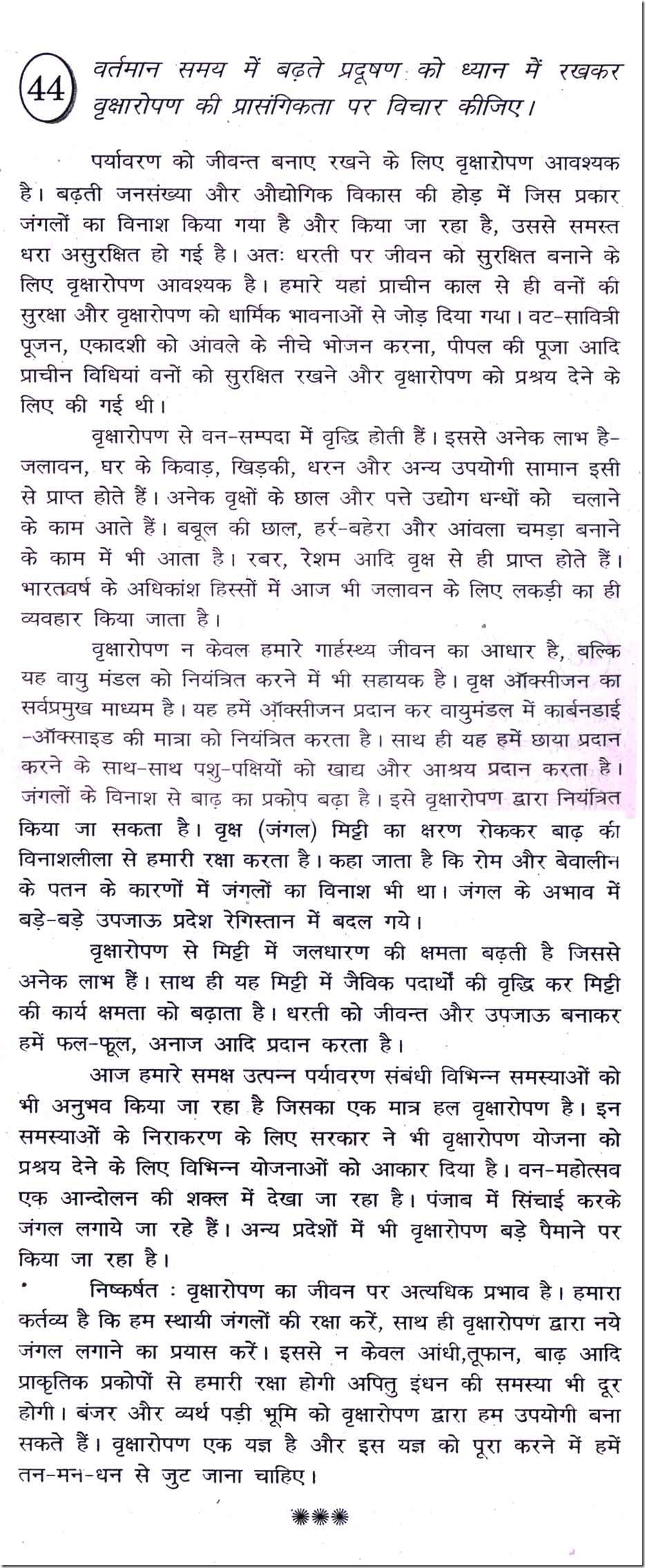Equity Theory Of Motivation By John Stacey Adams Essay.
Equity Theory Of Motivation By John Stacey Adams Essay 1536 Words 7 Pages Equity Theory of motivation, developed by John Stacey Adams, states that fairness of compensation when measured against comparable associates drives an employee’s motivation.
Essay Equity Theory Of Motivation By John Stacey Adams Equity Theory of motivation, developed by John Stacey Adams, states that fairness of compensation when measured against comparable associates drives an employee’s motivation.

The equity theory of motivation, developed by workplace and behavioral psychologist John Stacey Adams in 1963, is grounded on the concept that employees tend to seek equity or balance in the amount of input they give to their job or relationship with their bosses, and the output they receive.

Adam’s Equity Theory Of Motivation Paper This sample essay on Adam’s Equity Theory Of Motivation provides important aspects of the issue and arguments for and against as well as the needed facts. Read on this essay’s introduction, body paragraphs, and conclusion.

Equity theory comes under process theory which gives the perception whether the individual is going to work hard or not depending upon the rewards and possible outcomes. This paper discusses and describes the equity theory of motivation with its implications to managers in the light of a real organizational example.

The basis of the equity theory is the principle of equity or balance. This motivation theory mentions that there is a correlation between an individual’s level of motivation and his perception of fairness, justice and equity practiced by the management.

Equity Theory of Motivation The equity theory of motivation is used to describe the relationship between the employees perception of how fairly is he being treated and how hard he is motivated to work Motivation is the activation of an energized goal-oriented behavior.

Job Motivation John Stacey Adams, a workplace and behavioural psychologist, put forward his Equity Theory on job motivation in 1963.

This essay discusses briefly two contemporary theories of organisational motivation i.e., Fredrick Herzberg's 'Two Factor Theory' and John Stacey Adams' 'Equity Theory' before going on to compare and contrast them. The second part of the essay outlines ways in which these theories maybe used by managers to motivate their staff.

The Adams Equity Theory And Evaluating The Goal Setting Theory 1881 Words 8 Pages Director of SSA Utilizing the Adams Equity Theory and evaluating the Goal Setting theory, employees are in need of evaluations to assist in improving their work ethic, knowing what they need to improve, and to motivate.

Equity theory is based in the idea that individuals are motivated by fairness. John Stacey Adams suggests that the higher an individual's perception of equity, the more motivated they will be and.

Motivating Workers in Educational Institutions: Adams' Equity and Maslow's Need Hierarchy Theoretical Implications - Mohamed Msoroka - Term Paper - Pedagogy - Job Education, Occupational Training, Further Education - Publish your bachelor's or master's thesis, dissertation, term paper or essay.

Equity Theory Equity Theory Introduction The two theories of equity presented in this paper include Adams theory of equity and Maslows Hierarchy of Needs. The theories of equity are very important concepts in a work place. They are concept that derives job satisfaction and motivation of employees by comparing their effort or inputs and income.



